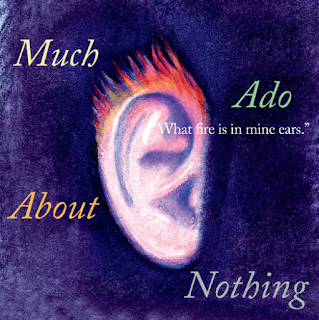Learning Spanish, Writing Poetry

A beginner's guide to learning Spanish and writing poetry, in one book. Hugo Hiriat is an amusing and non-fussy guide to writing poetry. The Spanish is scattered all over the book, and so presents an unsystematic but memorable lesson. Hiriat's example of a poem in five-syllable line: Quien fuera parte de la plegaria que solitaria mandas a Dios! His book is a good supplement to more conventional textbooks, whether of the grammatical or conversational sort. It is a reminder of the creativity required to learn a new language truly. Hugo Hiriat, born in Mexico City in 1942, writes for magazines and for the stage.

.jpg)





